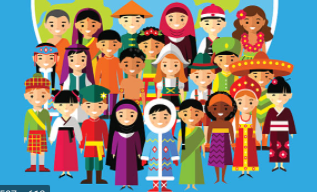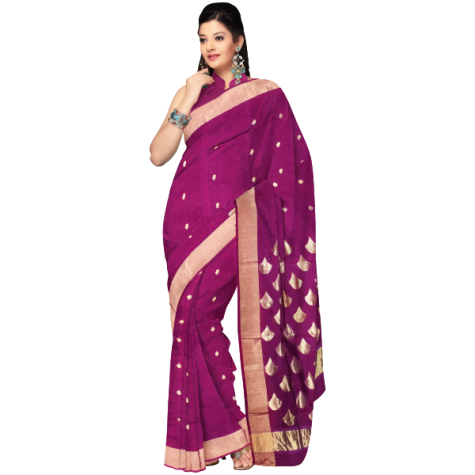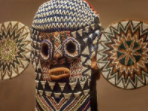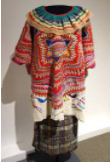Fashion Around the World

October 29, 2021
There are so many different kinds of clothing around the world. Clothing can represent how you feel and who you are or it can represent your religion and beliefs. Although, the things you wear may not be the same things people in another country or state wear. Let’s take a deeper look at what fashion looks like around the world.
Sari (Saree)

The sari is a single piece of “unstitched fabric” that is traditionally worn in India, Sri Lanka, Pakistan, Bangladesh and Nepal. It is a unisex peice of clothing but it is mostly worn by women. What is amazing about the Sari is that there are multiple ways to wear it. You could drape the Saree in over 100 ways. Most drape styles are “regionally specific.” This is a beautiful piece of clothing connected to some amazing cultures.
Kilt

A kilt is a skirt garment that goes up to the knee and has pleats on the back. It was traditionally worn by Gaelic men and boys in the Scottish Highlands. People first started wearing a kilt in the 16th century, then in the 18th century, they came out with a smaller and more modern kilt. Kilts are traditionally made of woolen cloth in a tartan pattern. In the 19th century, patterns on the kilts started associating with Scottish clans, families, or institutions who had Scottish heritage.

The Elephant mask is worn by people in Africa who are part of the Aka, also known as the “Elephant mask” society. You were only in this society if you were in service of the Bamileke King. They wore this colorful beaded elephant mask and big hat when they danced at the funeral for the King or for their meetings they have twice a year. The “costume” displays the King’s power and wealth.

The Huipil is a garment commonly worn by ingineous women in Central Mexico to Central America. Ceremonial huipiles are made from “fabric woven on a backstrap loom,” and are decorated with lace, ribbon, embroidery and so much more. They can be worn everyday but most women only wear them for ceremonies.
These 4 clothing items are not only a beautiful part of each culture but they are very important. They have amazing backgrounds and I hope more people are interested in learning more about them.



